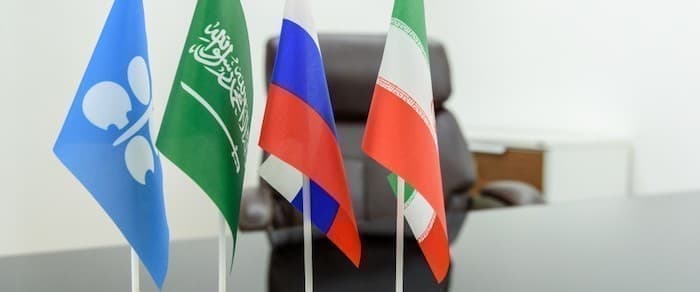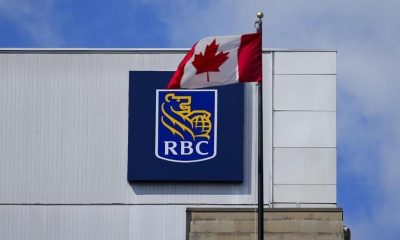OPEC and its partners concluded their meeting on Saturday afternoon, announcing that it would extend its current production cut deal.
Algeria’s Energy Minister Mohamed Arkab, OPEC’s current President summed up the group’s sentiment by saying that “Despite the progress achieved to date, we cannot afford to rest on our laurels,”.
The last couple of days, the cartel’s de-facto leader Saudi Arabia negotiated with other OPEC members and some non-OPEC countries including Russia, Kazakhstan and Azerbaijan to extend the current 9.7 million bpd output cuts for at least another month.
Most countries partaking in the record production cuts were willing to continue the current deal, but poor compliance from countries like Iraq, Nigeria and Kazakhstan has caused discontent among other OPEC members, some of which have even made deeper cuts than agreed on in April.
During the virtual meeting on Saturday, the cartel agreed that the countries that were unable to reach full conformity in May and June will have to compensate for this in July, August and September.
Oil prices effectively doubled during the month of May as global demand started to recover and record output cuts and worldwide well shut-ins decreased the monster glut.
While the OPEC+ deal extension undoubtedly will have a bullish effect on markets, prices aren’t likely to rip much higher on Monday as the OPEC+ news has largely been priced in already.
For oil prices to make a full recovery, global demand will have to recover and crude inventories have to be drawn down, both of which will likely take up to two years. Pioneer’s Scott Sheffield said that the quick rebound of demand to around 94-95 mb/d following the “reopening” of so many economies will give way to stagnation, saying that demand won’t reach pre-pandemic levels until 2022 or even 2023.
For now, the next bullish catalyst for oil could come from Saudi Aramco, which could set the trend for higher oil prices in June as it is expected to release its OSPs (official selling prices) on Monday. Aramco’s OSPs are often a leading indicator for Iraqi, Iranian and Kuwaiti crude prices, and last month, Brent futures rallied after Riyadh hiked its prices for crude to Asia.
By Tom Kool of Oilprice.com
More Top Reads From Oilprice.com:

































